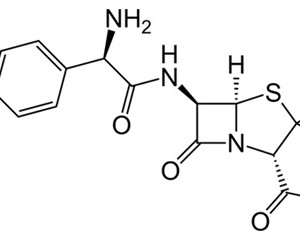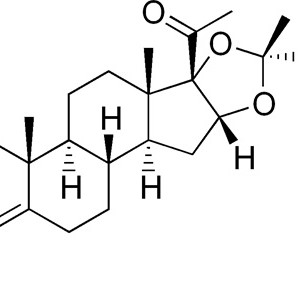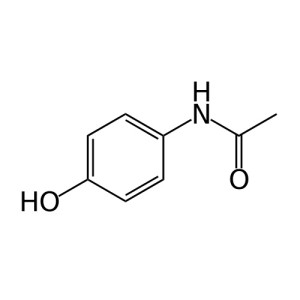Welcome visitor you can
login or register
0 items - $0.00
No products in the cart.
Azithromycin Dihidrate
Azithromycin is an antibiotic useful for the treatment of a number of bacterial infections.[2] This includes middle ear infections, strep throat, pneumonia, traveler's diarrhea, and certain other intestinal infections. It may also be used for a number of sexually transmitted infections including chlamydia and gonorrhea infections. Along with other medications, it may also be used for malaria. It can be taken by mouth or intravenously with doses once per day.[2]

Make an enquiry for this product
Category: Active Pharmaceutical Ingredients
Starting at
Product Description
| (2R,3S,4R,5R,8R,10R,11R,12S,13S,14R)-2-ethyl-3,4,10-trihydroxy-3,5,6,8,10,12,14-heptamethyl-15-oxo- 11-{[3,4,6-trideoxy-3-(dimethylamino)-β-D-xylo-hexopyranosyl]oxy}-1-oxa-6-azacyclopentadec-13-yl 2,6-dideoxy-3-C-methyl-3-O-methyl-α-L-ribo-hexopyranoside |
| Trade names | Zithromax, Azithrocin, others[1] |
| AHFS/Drugs.com | monograph |
| MedlinePlus | a697037 |
| Licence data | US FDA:link |
| Pregnancy category |
AU: B1 US>: B (No risk in non-human studies) |
| Legal status | US: ℞-only |
| Routes of administration |
Oral (capsule, tablet or suspension), intravenous, ophthalmic |
| Bioavailability | 38% for 250 mg capsules |
| Metabolism | Hepatic |
| Biological half-life |
11–14 h (single dose) 68 h (multiple dosing) |
| Excretion | Biliary, renal (4.5%) |
| CAS Number | 83905-01-5 |
| ATC code | J01FA10 S01AA26 |
| PubChem | CID: 55185 |
| IUPHAR/BPS | 6510 |
| DrugBank | DB00207 |
| ChemSpider | 10482163 |
| UNII | J2KLZ20U1M |
| KEGG | D07486 |
| ChEBI | CHEBI:2955 |
| ChEMBL | CHEMBL529 |
| NIAID ChemDB | 007311 |
| Synonyms | 9-deoxy-9a-aza-9a-methyl-9a-homoerythromycin A |
| Formula | C38H72N2O12 |
| Molecular mass | 748.984 g·mol−1 |
| SMILES[show] | |
| InChI[show] | |




